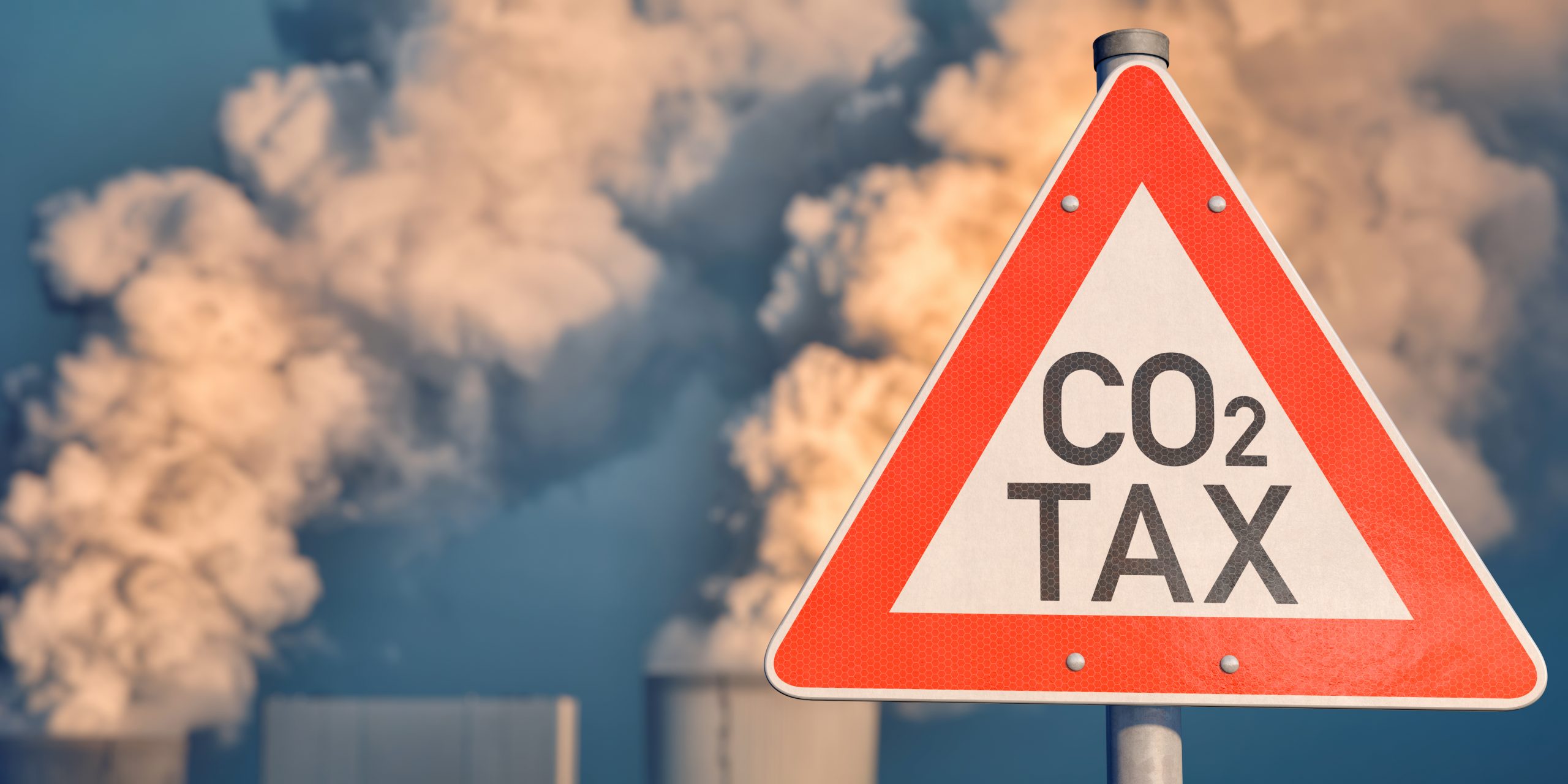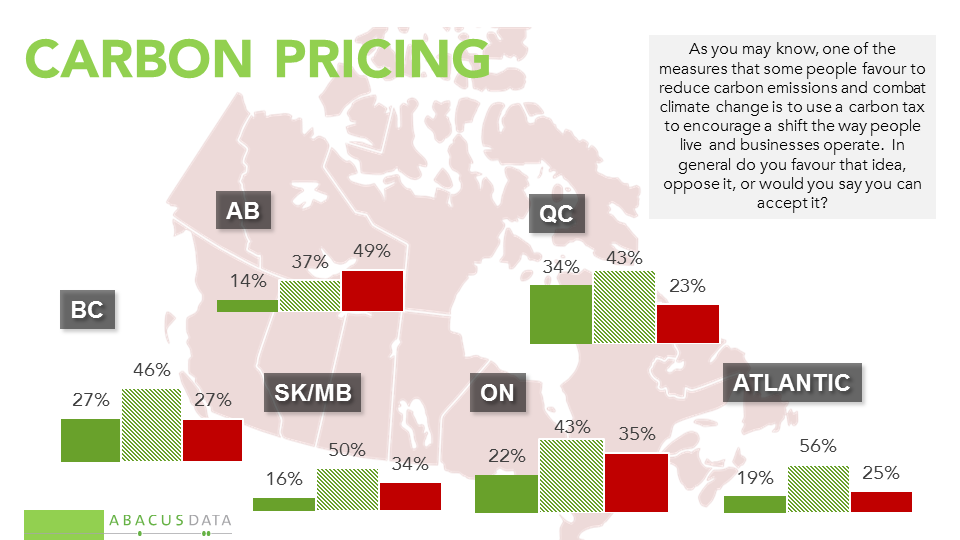

This allows manufacturers to determine for themselves the best method for meeting the performance standard.Ī fourth approach has been proposed by Bacchus (2018), former Chief Judge of the WTO Appellate Body. For example, US CAFE standards state the efficiency auto manufacturers need to meet, but they do not tell manufacturer how these must be met. However, the WTO does prefer regulatory schemes that deal with performance rather than the design of a product. Regulations that are linked to protecting the environment and that are nondiscriminatory are likely to be WTO compliant. Over time, the United States has required cars to be ever more efficient and thus emit fewer greenhouse gases. All cars sold in the United States fall under these standards. For example, Corporate Average Fuel Efficiency (CAFE) standards in the United States regulate the efficiency of automobiles ( Tamiotti et al., 2009).

This does not mean that subsidies cannot be used, but they are more likely to result in disputes within the WTO then a carbon tax with border adjustment tax.Ī third approach is the use of regulation to force producers to reduce the greenhouse gas footprints of their products or services.

A subsidy that provides a producer an advantage or makes it difficult for other countries to compete in the domestic market can be challenged. Subsidies can be problematic under WTO rules ( International Institute for Sustainable Development, 2000 Tamiotti et al., 2009).
#Carbon tax install#
A subsidy could also be provided to producers of goods and services to help them install more efficient machinery etc. For instance, a country could provide subsidies to consumers to help them purchase solar panels for their homes. States may also provide subsidies to encourage the development and use of carbon neutral technologies. A border adjustment tax placed on country goods that do not have a carbon tax would address this issue, and that it would be compliant with WTO rules as long as it was nondiscriminatory-no country received more favorable rates, and the level of the tax was the same as domestic industries paid for their emissions. The result would be no reduction in emissions. As with the PHH, producers of high-emission products could relocate to countries without carbon taxes. Failure to do so will lead to carbon leakage ( Karp, 2011). However, for carbon taxes to work, countries using them must be able to tax the goods of countries that do not. This will incentivize both lower consumption and the creation of production processes that are less carbon intensive. The more the emissions, the higher the tax, and thus the higher the price of the good. Carbon taxes would be connected to the emissions created by a product. One of these is a carbon tax ( Tamiotti et al., 2009). A variety of policies have been proposed. Kevin Buterbaugh, in Encyclopedia of Violence, Peace, & Conflict (Third Edition), 2022 Climate Change and the WTOĪddressing climate change will require countries to reduce and eventually eliminate greenhouse gas emissions.


 0 kommentar(er)
0 kommentar(er)
